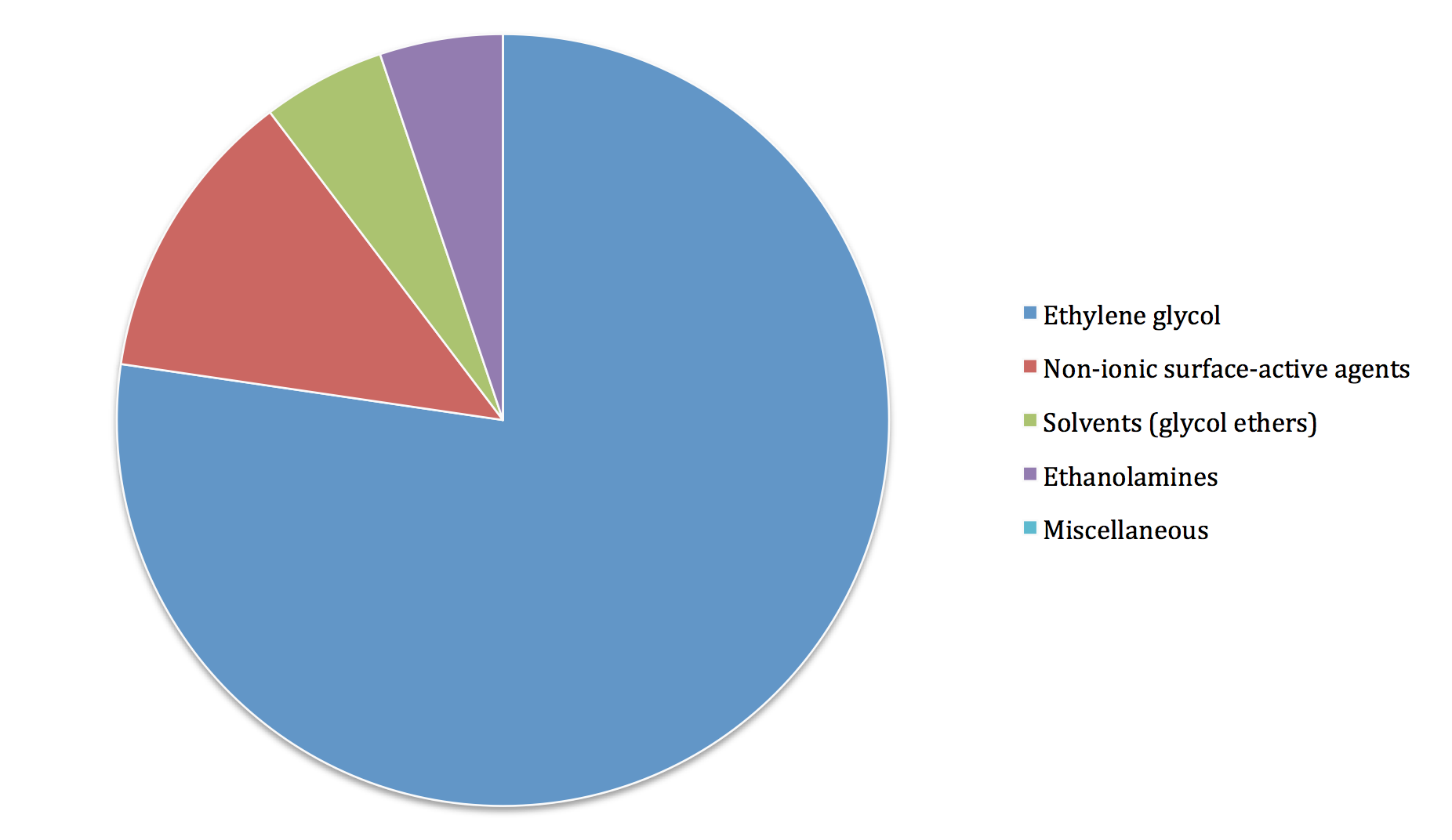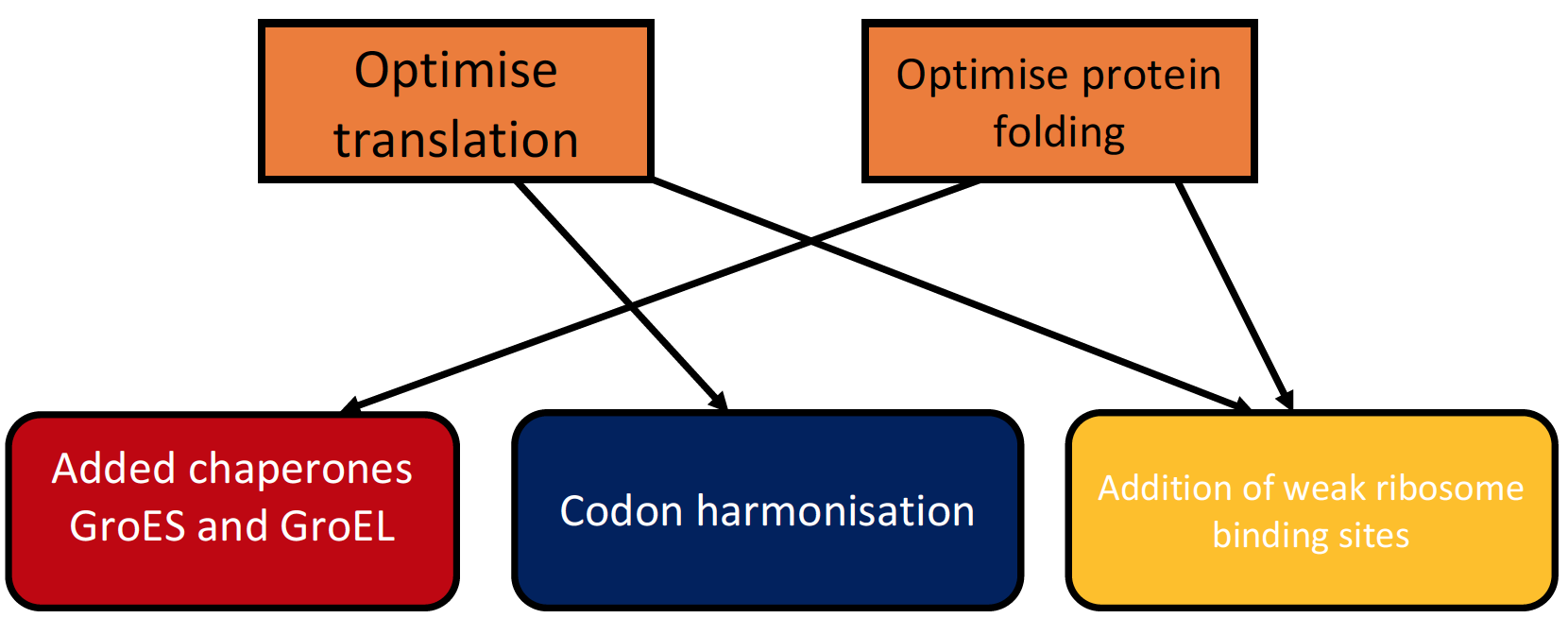Team:Sydney Australia/Description
The Problem
In 1859 the French chemist Charles-Adolphe Wurtz first chemically synthesised ethylene oxide (also known as oxirane) from ethylene chlorohydrin and aqueous potassium hydroxide, unlocking a compound that has been extensively utilized in the pharmaceutical, medical, and manufacturing industry. 1 From sterilising medical equipment to producing ethylene glycol (antifreeze), and as a versatile intermediate for pharmaceutical products, ethylene oxide is essential in many products we use.2 Indeed, in 1992, the world production of ethylene oxide was about 17 x 106 metric tons, and that number has no doubt been increasing.3
Traditionally, ethylene oxide has been produced through a chlorohydrin process. This process was replaced by the complete oxidation process, pioneered by Theodore Lefort in 1931.4 Since the production of ethylene oxide, chemists have successfully synthesised other epoxides including propylene oxide. Epoxides are incredibly versatile due to the addition of the oxygen atom on the tetrahedral ring making the compound strained and unstable. 5 Consequently the ring can be easily opened up, releasing abundant amounts of energy that can be used in further reactions, such as nucleophilic addition, hydrolysis and reduction.6
Unfortunately, current chemical synthesis processes for epoxides are inefficient, expensive, and use hazardous and non-renewable reagents. The previous chlorohydrin process generated chlorine-containing by-products such as calcium chloride, resulting in pollution. The present oxygen-based oxidation process, whilst more efficient than the chlorohydrin process, has its downfalls. The silver catalyst is highly selective and thus ages quickly, the reaction requires incredibly pure oxygen (99% or greater), and toxic by-products such as formaldehyde are generated. 7 Furthermore, a major disadvantage exists in the lower yield or selectivity of ethylene oxide and the loss of 20-25% of the ethylene to carbon dioxide and water. Thus, the conditions must be tightly controlled to ensure maximum selectivity, making this a high-maintenance process. 8
In a time where the demand for ethylene oxide is increasing we simply cannot afford to continue using inefficient, environmentally damaging, and expensive methods of chemical synthesis. Thus, the Sydney iGEM team is attempting to utilise the monooxygenase enzymes found in Mycobacterium Smegmatis to perform this reaction in a more efficient and safe manner, for a fraction of the cost.
The Solution
Monooxygenase enzymes are capable of performing this epoxide reaction, thus converting alkenes to epoxides safely and efficiently. These biological catalysts are renewable, non-toxic, biodegradable, and can be scaled up for large-volume production.
We are focusing on the enzyme ethene Monooxygenase due to its ability to catalyse the ethylene to ethylene oxide reaction. To date it has only been found in Mycobacterium Smegmatis. Mycobacteirum is a difficult bacteria to work with as they are slow growing and difficult to work with. Consequently, the team is attempting to achieve high levels of expression in Pseudomonas Putida.
Past Work
Monooxygenases catalyse the addition of one oxygen molecule from dioxygen into a substrate, while reducing the residual oxygen to water. Ethene monooxygenase is a member of the group 6 soluble di-iron monooxygenases. These enzymes are characterised by the following arrangement of subunits: a coupling protein and a reductase, as well 4 subunits in (αβ)2 configuration. The α and β make up the hydroxylase component, and the di-iron-containing active site in located within the α subunits. The reductase facilitates electron transfer from NADH and the coupling protein aids in stabilising the transition state. This enzyme has only been characterised in two organisms (Mycobacterium strains TY-6 and NBB4). In nature, ethene monooxygenase will catalyse the initial oxidation of ethene to support growth on this carbon source. 9
Our project
Previous work in the Coleman Laboratory showed Pseudomonas putida can express low levels of wild-type ethene monooxygenase. Our aim was to increase this level of expression using a number of strategies. We chose Pseudomonas putida for two major reasons -
- It is a fairly novel cloning host which gives our project a unique aspect
- If we are successful, Psuedomonas is a good intermediate host between Mycobacterium smegmatis and Escherichia coli.
We hypothesised that the minimal expression in Pseudomonas was due to incorrect protein folding and thus our design sought to remedy this. After further consideration, we revised this hypothesis (along with our experimental approach). During the research undertaken to develop the human practices business plan, we reflected on the toxicity of epoxides, the product of ethene MO, to the cells that produce it. It was from this we developed our revised hypothesis: because epoxides are toxic to the cell, the enzyme's expression should be controlled to ensure optimal growth of the genetically engineered cells.
Initial approach
We took a three-pronged approach for optimising expression:
- First, we optimised translation through codon harmonisation. This was the major modelling component of our project and more information can be found on the modelling page.
- Second, we optimised translation through adding weak ribosome binding sites. This was undertaken as we hypothesised that translation was occurring too frequently, resulting in ribosomal congestion, and thus the rate of the protein's translation was not regulated correctly.
- Third, we optimised protein folding by adding codon-optimised GroES/GroEL chaperones to encourage correct folding.
Modified approach
During this experiment, we were unable to attain expression of the codon-optimised GroES/EL chaperonins. As a result of this, we made some modifications to our approach. We abandoned the idea of using chaperones to aid in protein folding, and introduced a new strategy to mitigate the cell toxicity of ethene MO's products. We proposed that the already-stressed cells (after transformation) could not grow sufficiently due to toxic epoxides in the cell. As our ethene MO was cloned into pBBR, it was under the control of the lac operon regulatory system. Because of this, the lacI repression system was able to be adopted as a method of controlling the expression of ethene MO. The lacI repressor we used was under a constitutive promoter, Q15. This repressor binds to the lac operator (within the promoter), which is upstream of ethene MO. LacI is inhibited by addition of a compound, IPTG, thus by adding IPTG, repression of ethene MO expression is released. Our revised strategy was based on the idea that, by repressing ethene MO expression, we inhibited production of toxic epoxides, enabling robust colonies to grow, which could then better withstand producing large quantities of ethene MO when expression was induced with IPTG.
Future work
If we are successful in achieving high levels of expression in Pseudomonas putida then using the same methods and models, we will attempt to achieve high levels of expression in Escherichia coli. Escherichia coli is a more suitable host as it is easier to work with and scale up to create a commercially viable product (see here).
1 American Chemistry Council, What is Ethylene Oxide?, 2015, ACC, USA, Accessed 20th of July 2015, http://www.americanchemistry.com/ProductsTechnology/Ethylene-Oxide/What-Is-Ethylene-Oxide.html.
2 Sevas Educational Society, Manufacture of Ethylene Oxide, 2007, SES, Accessed 20th of July 2015, http://www.sbioinformatics.com/design_thesis/Ethylene_oxide/Ethylene-2520oxide_Methods-2520of-2520Production.pdf (p. 2).
3The Essential Chemical Industry, 2013, Epoxyethane (Ethylene Oxide), viewed 17th of August 2015, http://www.essentialchemicalindustry.org/chemicals/epoxyethane.html.
4 Wendt HD, Heuvels L, Daatselarr EV, and Schagen TV, 2014, “Industrial production of ethylene oxide” https://www.alembic.utwente.nl/wp-content/uploads/2014/04/LaTeX-example.pdf .
5 Wendt et al, “Industrial production of ethylene oxide”, p.2.
6 Rebsdat S, and Mayer, D, 2012, “Ethylene Oxide”, Ullmann’s Encyclopaedia of Industrial Chemistry, Vol 13, pp 548.
7 Wendt et al, “Industrial production of ethylene oxide”, p.2.
8 Rebsdat S, and Mayer, D, 2012, “Ethylene Oxide”, Ullmann’s Encyclopaedia of Industrial Chemistry, Vol 13, pp 559-554.
9 Ly MA, 2014, Evaluation of components for the heterologous expression of Mycobacterium chubuense NBB4 monoxygenases. Ph D thesis, University of Sydney.




